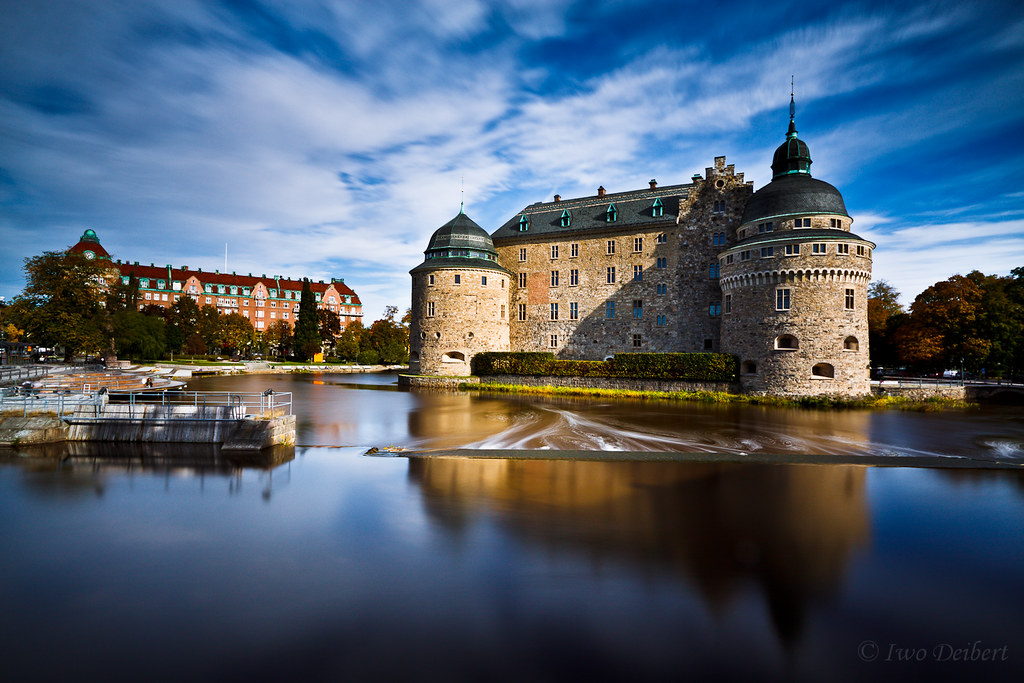Top medieval sights in Sweden
See the most interesting sites remaining us of the Middle Ages, when Sweden was formed from the Viking settlements to small kingdoms and finally a consolidated country.

Lund Cathedral
Lund Cathedral was consecrated in 1145, and contains many well-known artefacts and features of considerable historical interest. Since then service has been held here every day for almost 900 years.
Read more about Lund Cathedral
Uppsala Cathedral
Uppsala Cathedral is the largest and tallest cathedral and one of the most impressive religious buildings in Scandinavia. Originally built in the 13th century under Roman Catholicism and used for coronations of the Swedish monarch, since the Protestant Reformation, it has been controlled by the Lutheran Church of Sweden.
Read more about Uppsala Cathedral
Gripsholm Castle
Gripsholm Castle is regarded as one of Sweden's finest historical monuments. A fortress was built at the location around 1380 by Bo Jonsson Grip, and belonged to his family until the confiscation of mansions and castles by King Gustav I in 1526. The King tore it down, and built a fortified castle with circular corner towers and a wall, for defensive purposes.
Read more about Gripsholm Castle
Örebro Castle
For over 700 years Örebro Castle has kept a watchful eye on everyone crossing the bridge on the River Svartån. The oldest part of the castle, a defence tower, was erected in the latter half of the 13th century. This tower was added to in the 14th century to make a larger stronghold.
Read more about Örebro Castle
Bohus Fortress
Bohus Fortress construction began in 1308 under King Haakon V Magnuson, king of Norway from 1299 until 1319.
Read more about Bohus Fortress
Visby City Wall
The City wall of Visby (Swedish: Visby ringmur) is an old medieval defensive wall surrounding the city. The building of ringwall was probably started in the 13th century.
Read more about Visby City Wall
Kalmar Castle
The first defensive construction, a round tower, was built on Kalmarsund in the 12th century concurrently with the harbour. At the end of the 13th century King Magnus Ladulås had a new fortress built with a curtain wall, round corner towers and two square gatehouses surrounding the original tower.
Read more about Kalmar Castle
Vadstena Abbey
The Abbey of Our Lady and of St. Bridget, more commonly referred to as Vadstena Abbey, was the motherhouse of the Bridgettine Order. The abbey started on one of the farms donated to it by the king, but the town of Vadstena grew up around it.
Read more about Vadstena Abbey
Varnhem Abbey
Varnhem Abbey (Varnhems kloster) was founded around 1150 by monks of the Cistercian Order from Alvastra Abbey in Östergötland.
Read more about Varnhem Abbey
Glimmingehus
Glimmingehus is the best preserved medieval stronghold in Scandinavia.
Read more about Glimmingehus
Alvastra Monastery Ruins
French monks of the influential Cistercian order founded Alvastra Monastery in 1143. From Clairvaux in France, the monks brought modern methods of administration, technology and architecture to the province of Östergötland in Sweden.
Read more about Alvastra Monastery Ruins
Husaby Church
Husaby Church is one of the most interesting historical sites in Sweden. The first stave church was built probably in the 10th century. Olof Skötkonung, the first Christian king of Sweden, is rumoured to have allowed himself to be baptised at a well by the church in 1008.
Read more about Husaby Church
Stones of Mora
Stones of Mora was the place where the Swedish kings were elected. The origin of the tradition is unknown, but it has been known since the 13th century and mentioned by Snorri Sturlason (died 1241). The first known document tells that Magnus Ladulås was elected at the Stones of Mora in 1275.
Read more about Stones of Mora